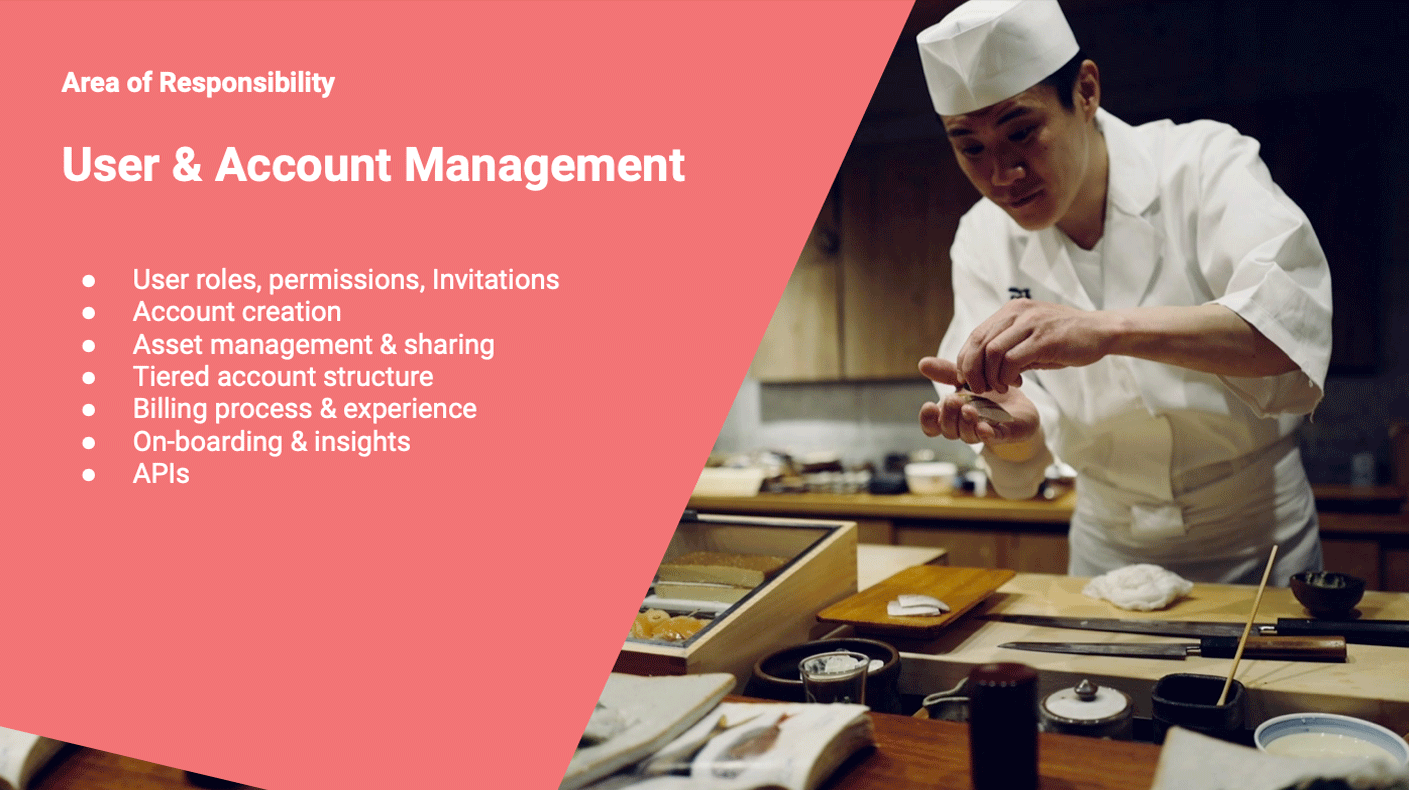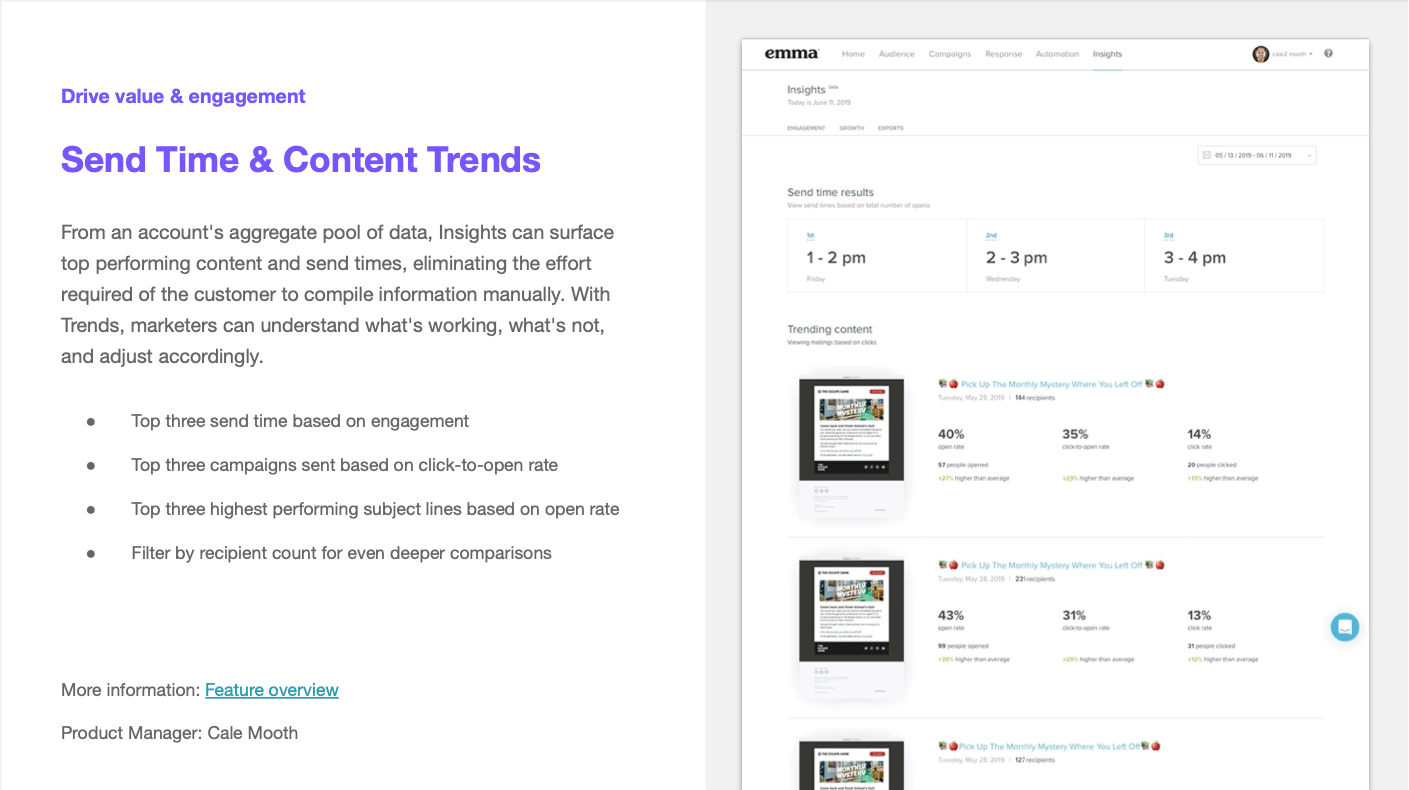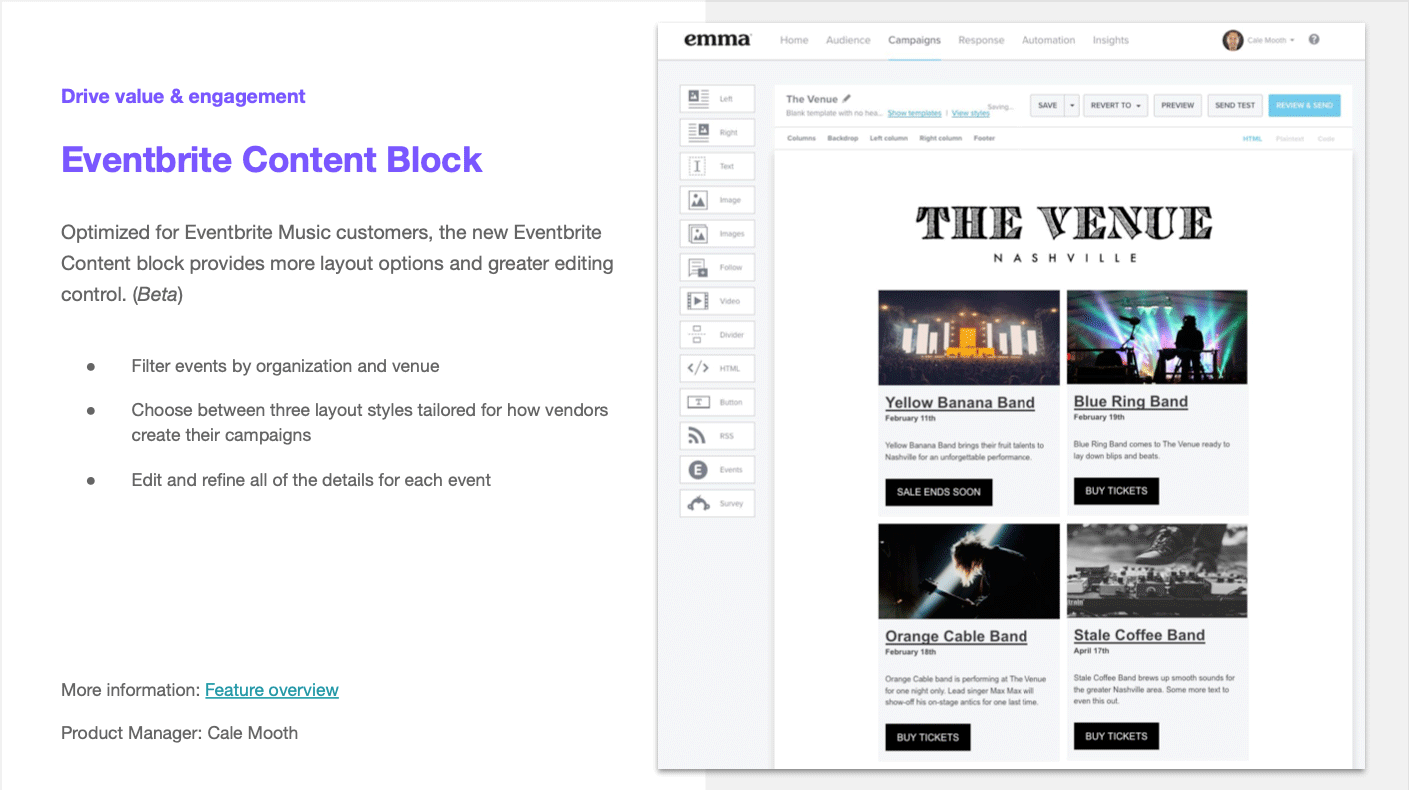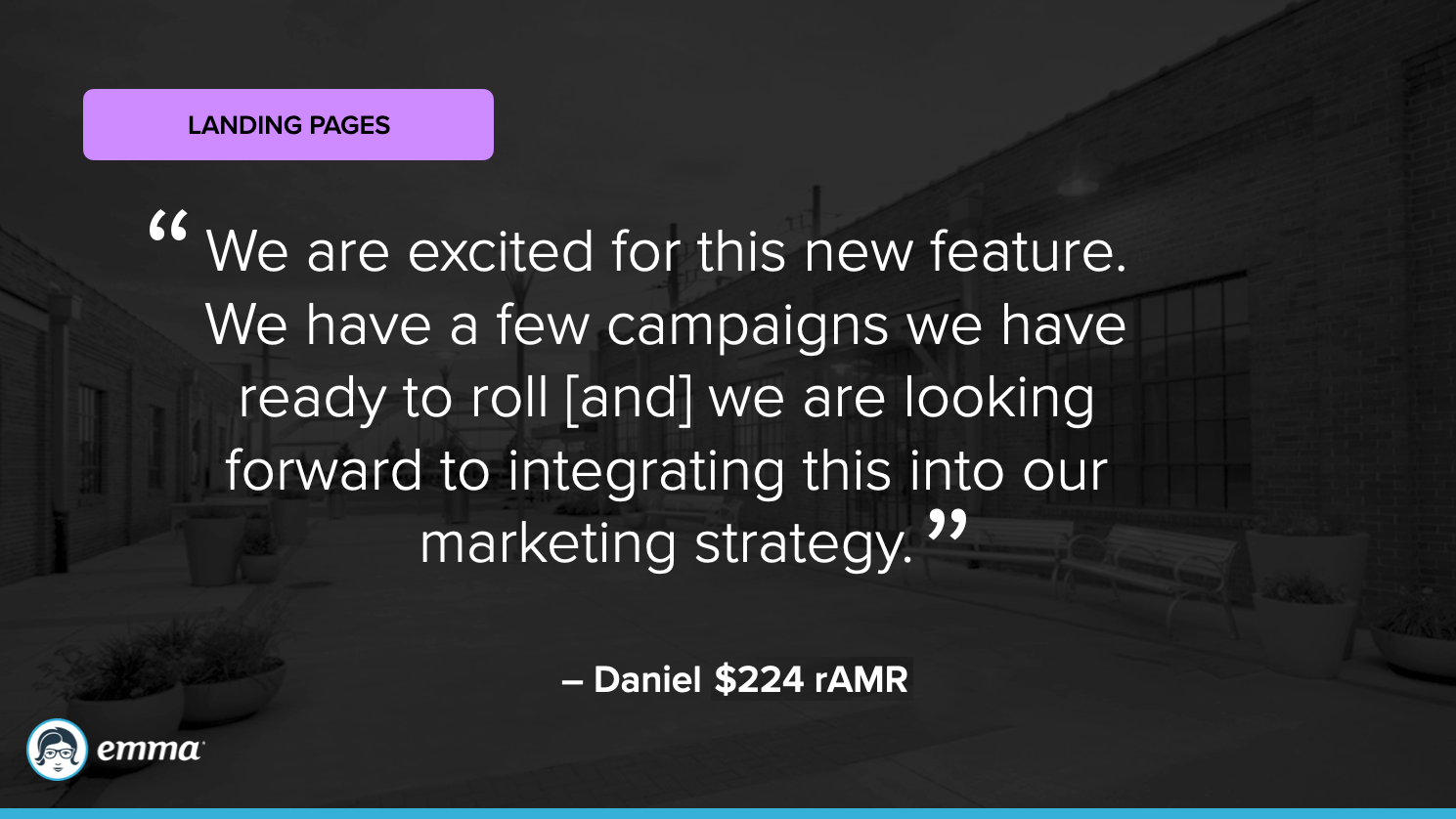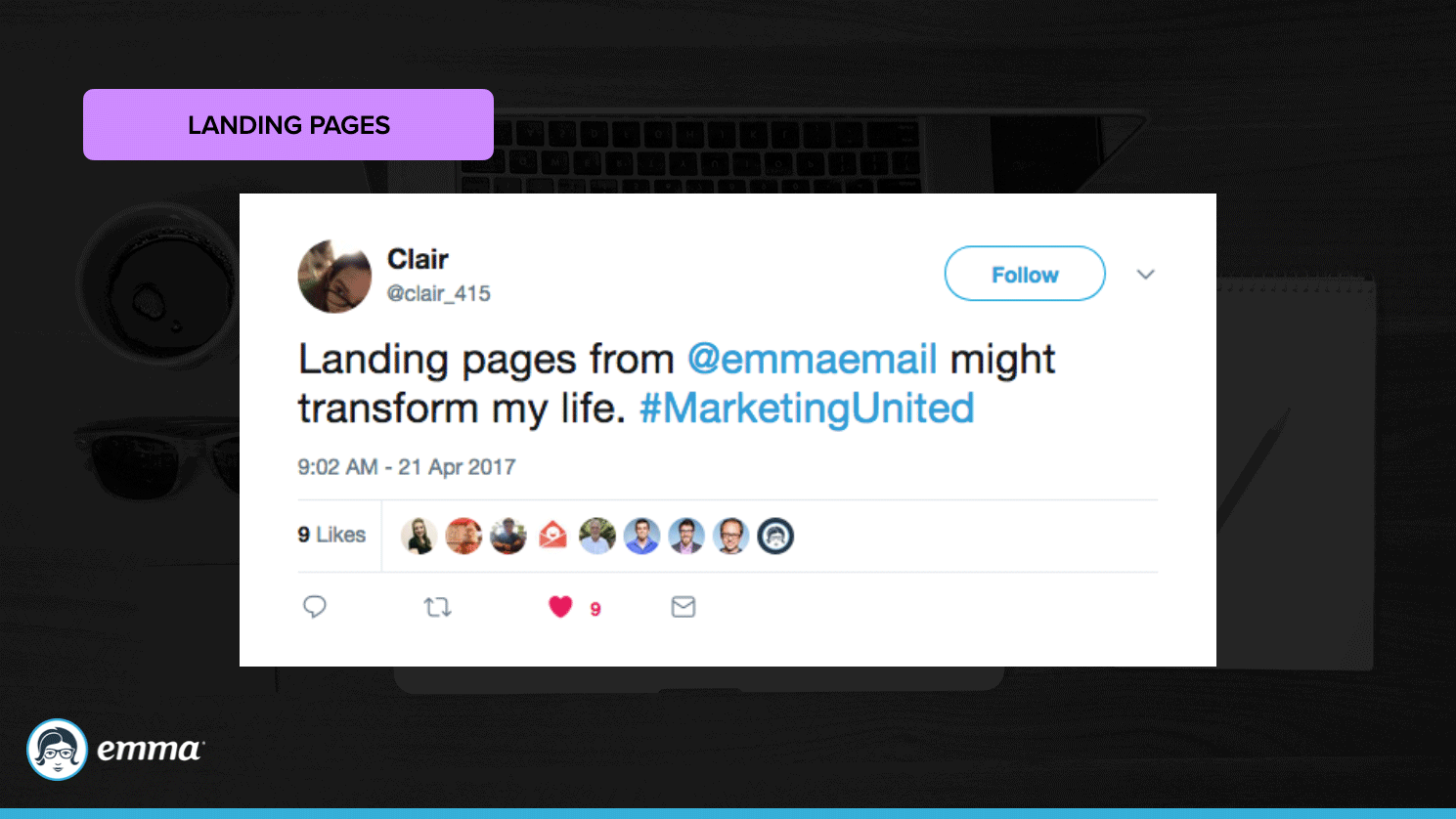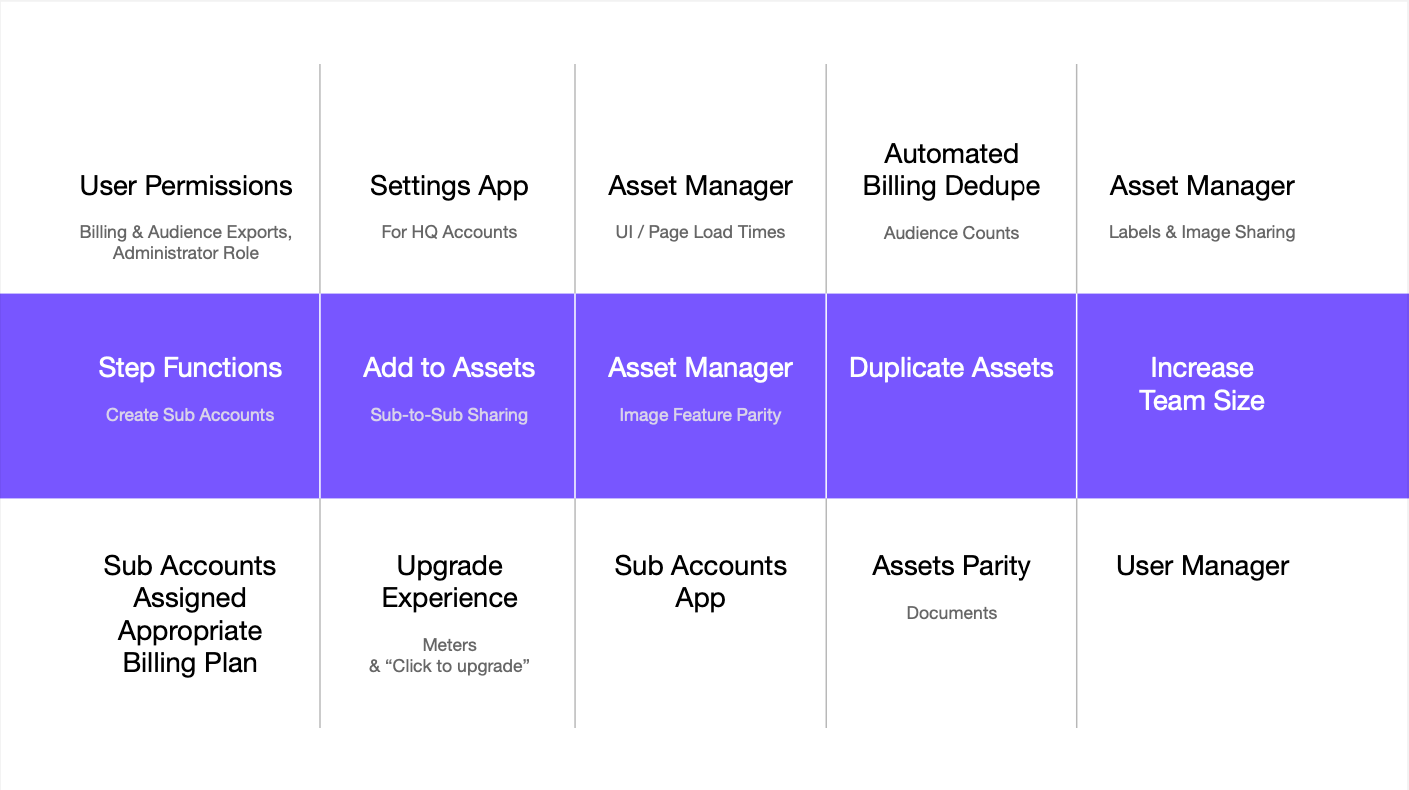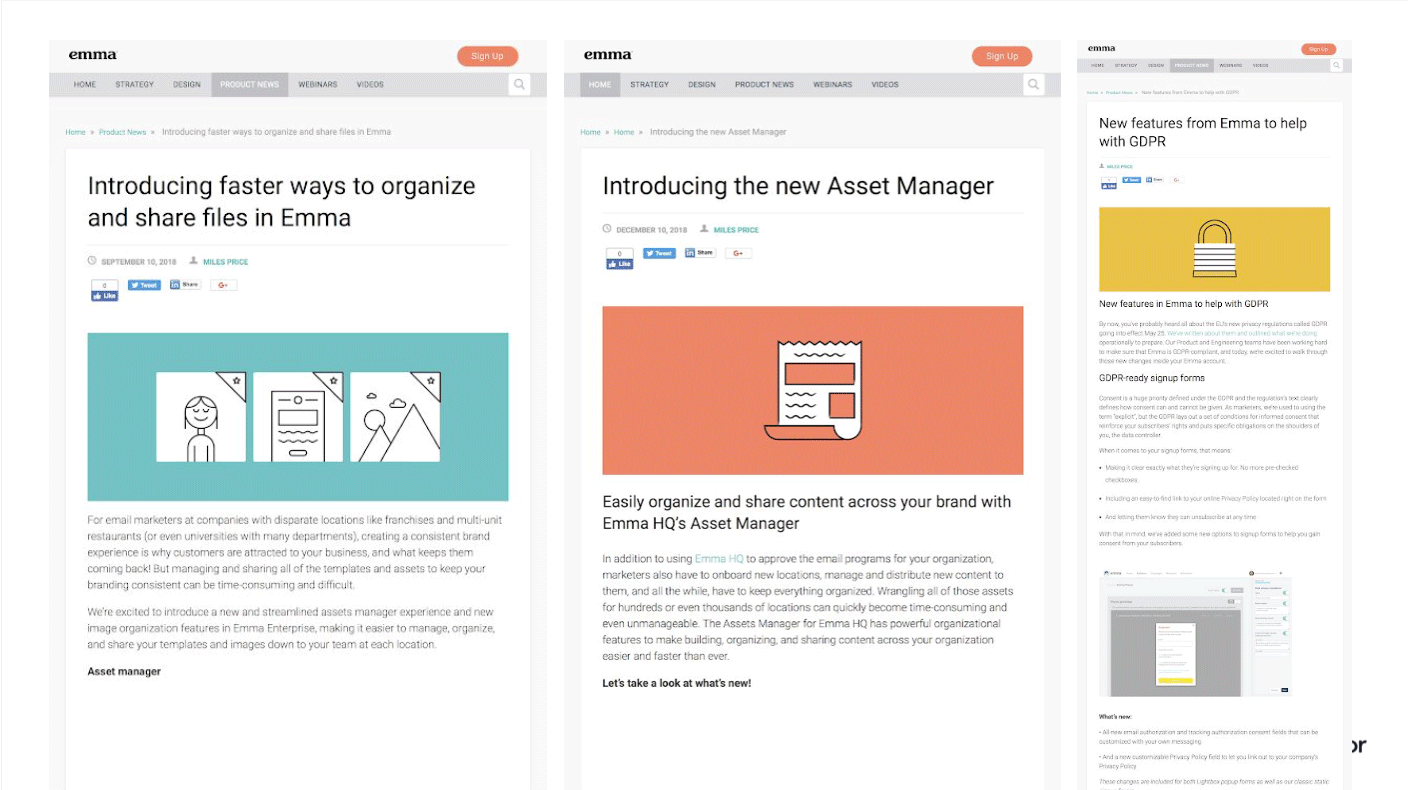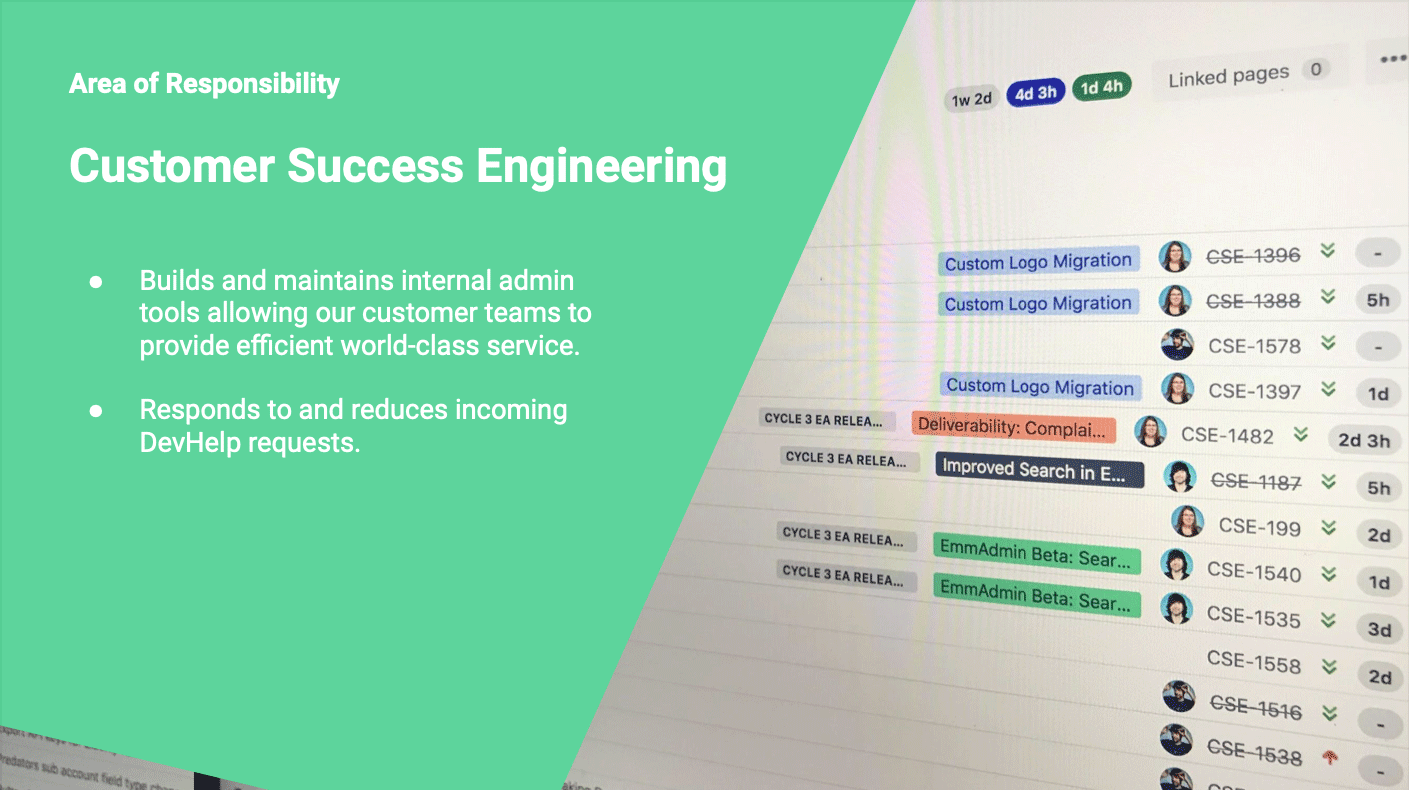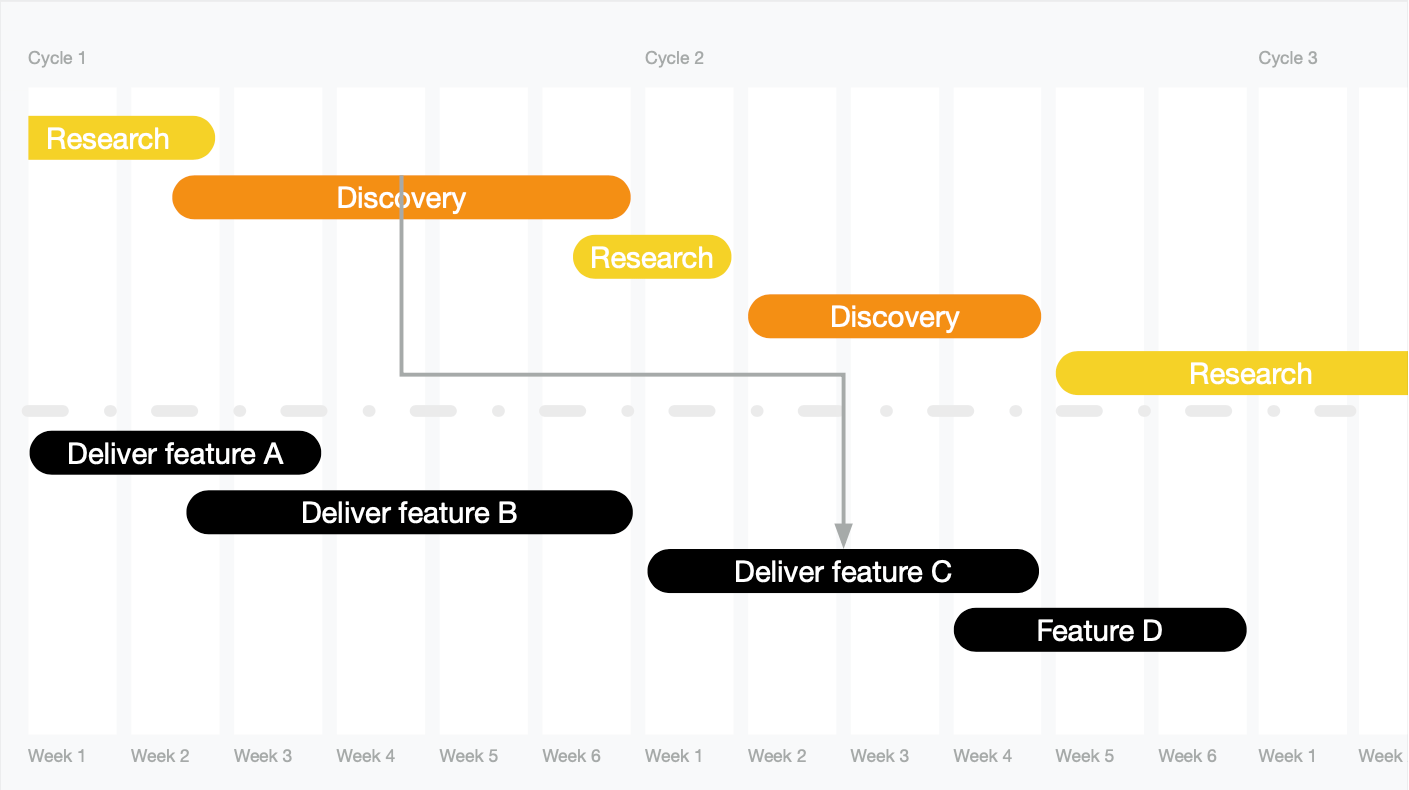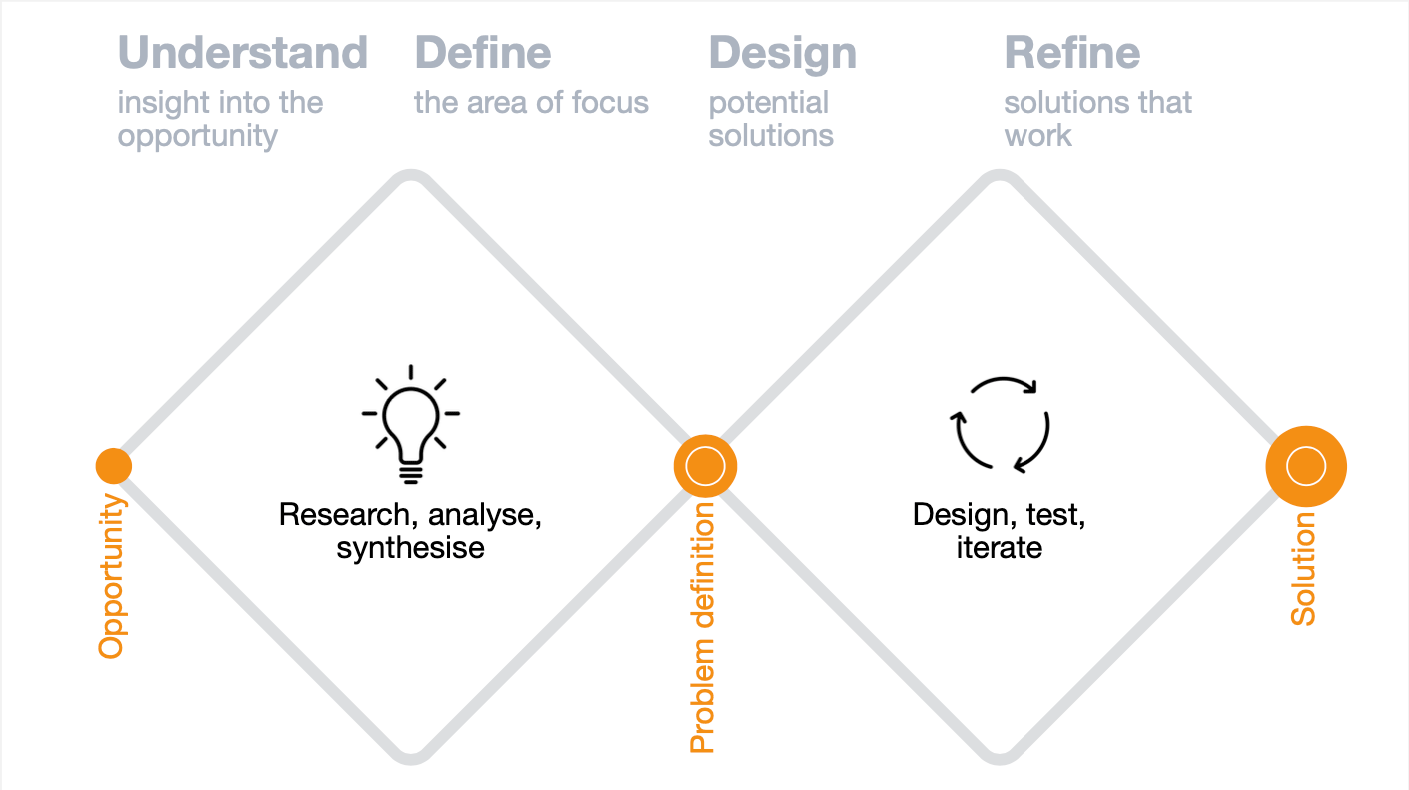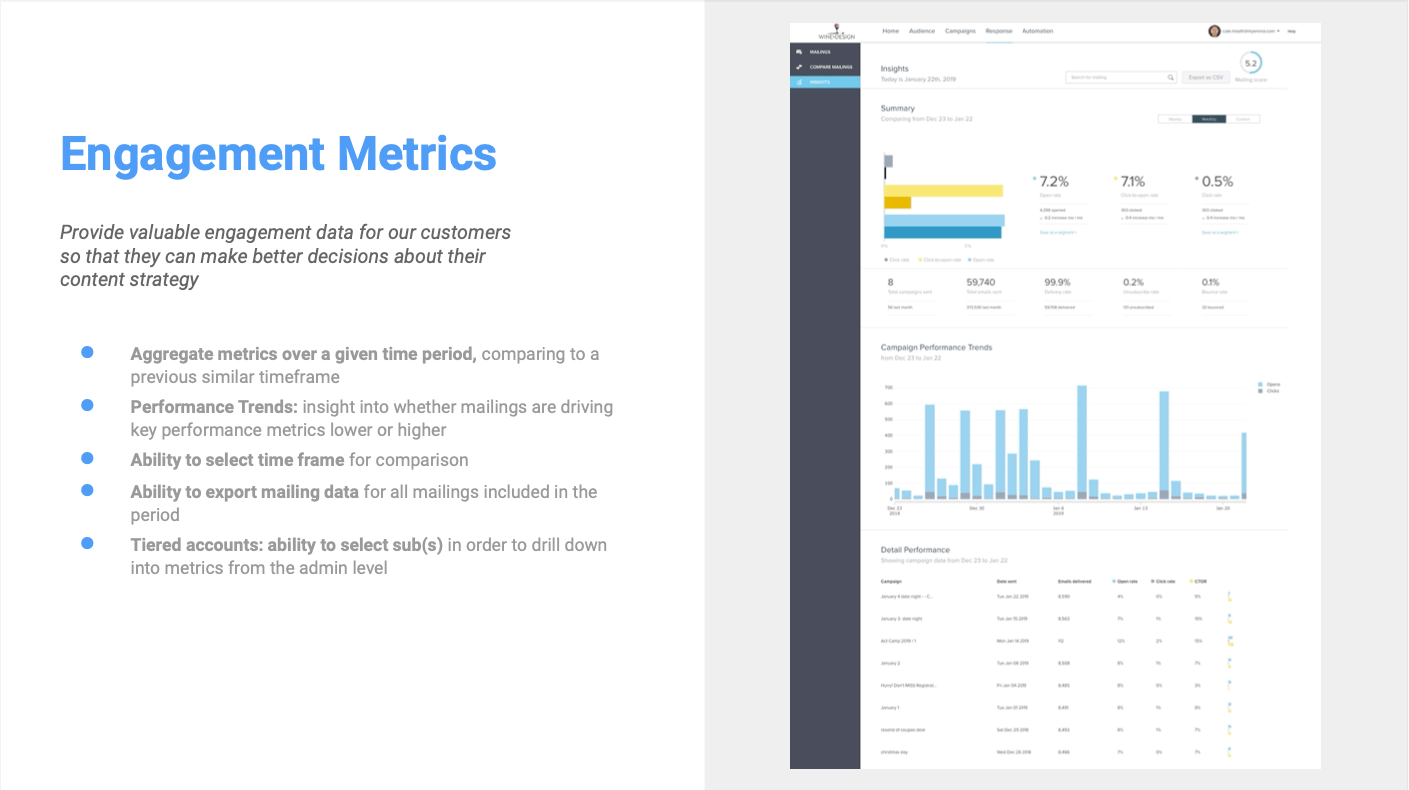As Product Management take home exams become a more common part of the interview process, PM portfolios can't be far behind. The following will attempt to serve as exactly that. I'll lightly touch on my personal Product Management philosophy and share a few examples of objectives that I've worked through.
As a Product Manager, I believe effectiveness is directly tied to the quality of customer research you're conducting. Everything starts and ends with the customer, big and small, from simple feature requests to uncovering new markets.
With customers serving as the potential map to unlocking opportunities, I'm a firm believer that PMs don't need prior industry experience to discover those opportunities and succeed. Experience always helps, but a good PM learns quickly, realizing many of the same basic problems need solving across all industry types.
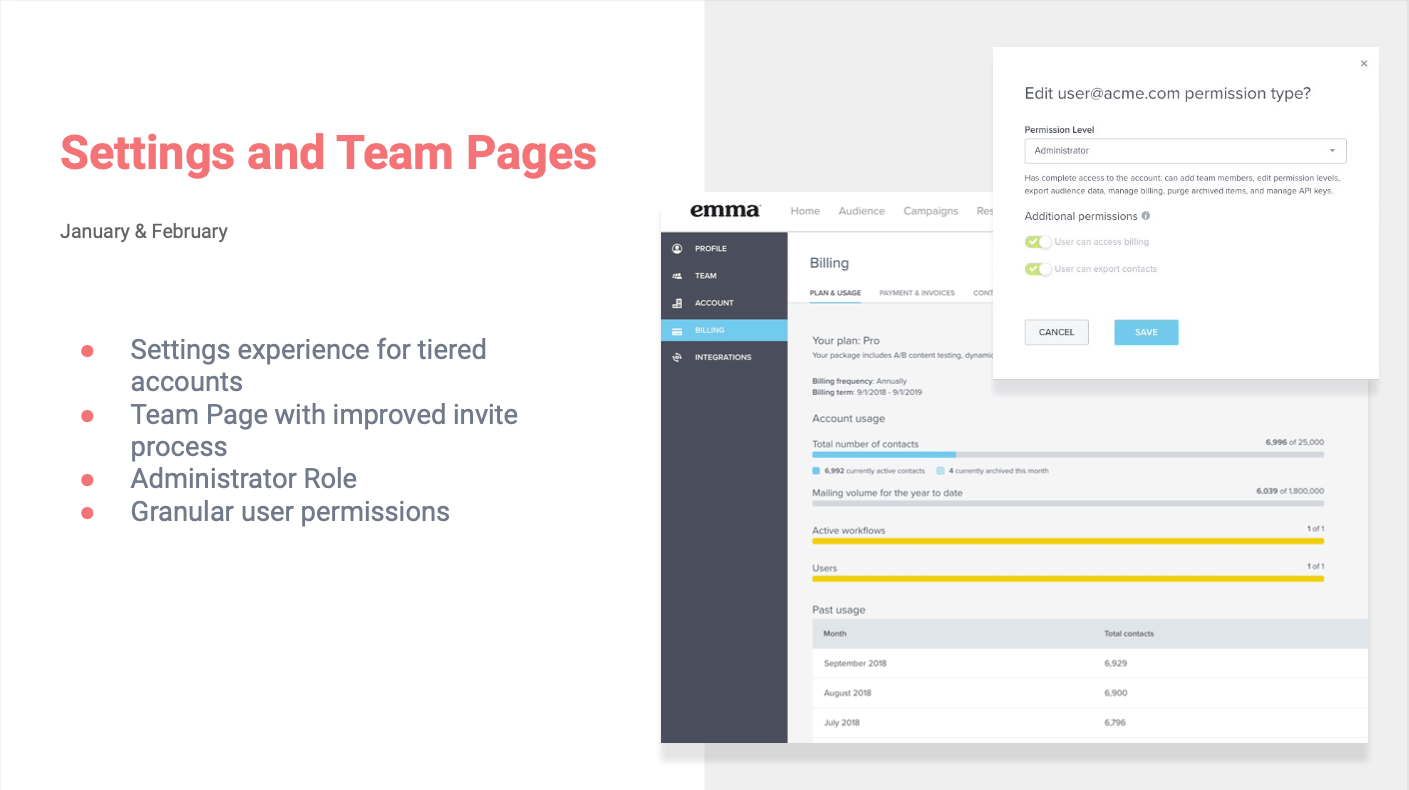
My Product Management path started as a Product Owner. The PO role in my experience was almost an exclusive focus on product delivery. I worked very closely with our team's developers and designers to increment small changes into a variety of well established products. It was a classic example of managing a Jira backlog and working with a small team to carry out those tasks. Less attention was paid to customer research and interviews beyond collecting feedback from Customer Support and Account Executives. This approach can be very effective for small companies, especially those new to Scrum and various Agile principles.
I was incredibly fortunate to spend several years as a Product Manager at Emma as that company consciously worked toward an acquisition goal. As seasoned executives were brought in from companies like Exact Target and Salesforce, I had the opportunity to learn a form of Product Management that very closely matched the ideal experience we read about from the likes of Marty Cagen. This experience was by no means perfect, but the effectiveness was validated through customer feedback, key metrics, and the eventual acquisition goal of the company.
Key takeaways from this period of my career included the power of customer interviews, the effectiveness of Product Marketing, setting team objectives and related metrics, the value of company wide goals & target markets, and the power of bringing customers along all aspects of the product journey, from research to prototype to release.
The longer I spend in a Product role, the more convinced I am that a healthy connection with the customer (and potential customers) is the single key ingredient to a successful product team. Qualitative over quantitative data. "Data" driven decision making is incredibly popular in this moment, but by focusing on data it becomes so easy to lose sight of the people actually using the product. A dozen behavioral metrics collected across the customer journey will never make up for simply asking the customer how the product is working for them.
My goal moving forward is to help organizations embrace a customer research driven product development process and unlock the potential opportunities ahead.
In the future, this will be a space for specific case studies. In the meantime, here is a mosaic of various artifacts that attempt to describe past responsibities, achievements, and processes adopted along the way.


